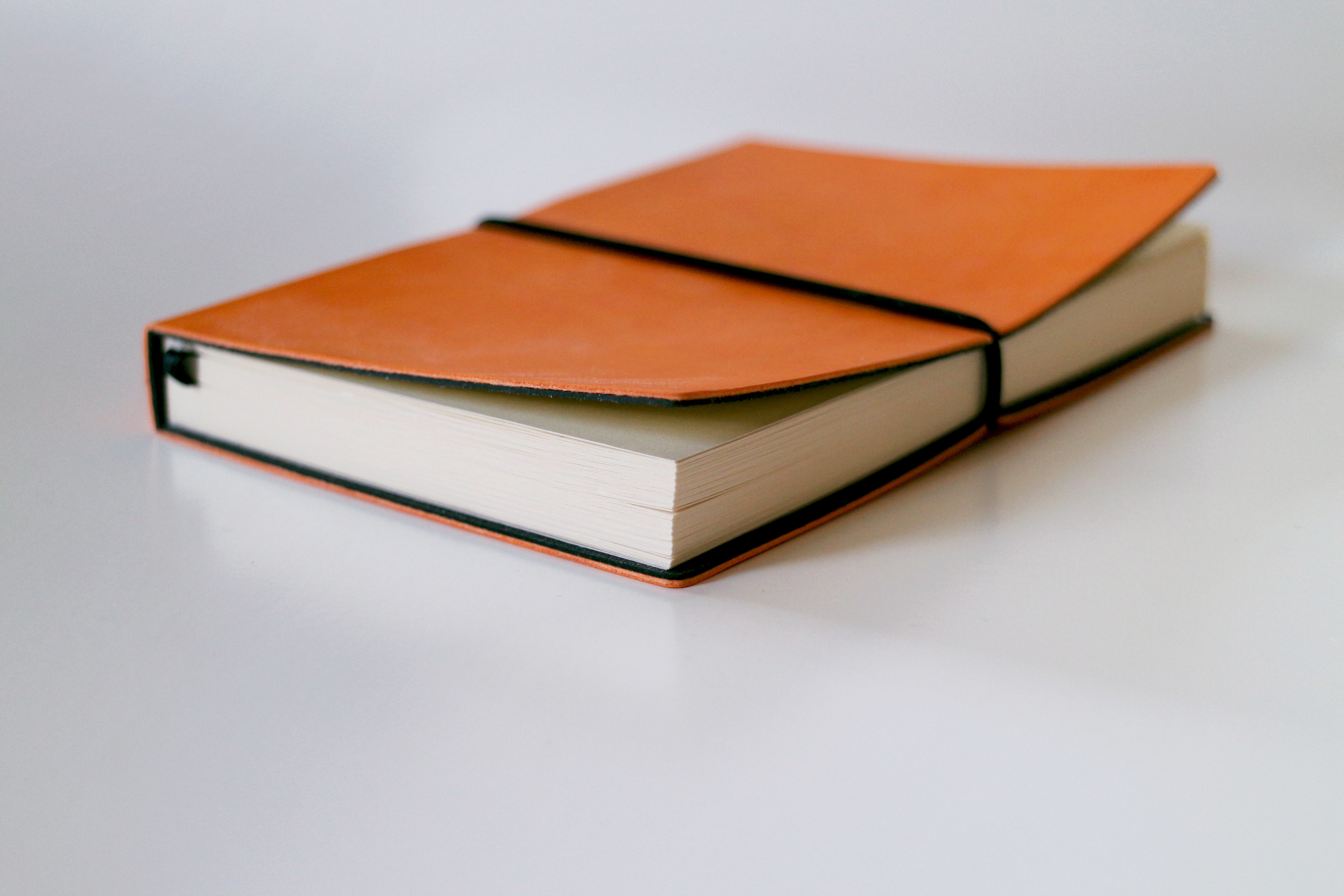A Closer Look at the New Presumed Receipt Date Calculation
Background
China has finally released the long-awaited Patent Law Implementation Regulations (“Regulations”) and associated “Patent Examination Guidelines” (“Guidelines”, similar to the United States’ MPEP) which provide further clarity and details of the new Chinese patent law. Today’s article will focus on changes that impact how patent applications and related deadlines are managed.
Understanding the Shift in Presumed Receipt Dates
Traditionally, the China National Intellectual Property Administration (CNIPA) presumed the receipt of official documents to be 15 days post-issuance, similar to the European Patent Office’s 10-day mailing period. Recent modifications (2023) in European procedures raised questions about potential parallels in China’s approach, which has now materialized.
Distinguishing Based on Submission Method
The new regulations determine the presumed receipt date of a patent office submission based on the method of submission — paper or electronic. For paper submissions, either through mail or direct delivery, the status quo remains, preserving the 15-day mailing period. However, for electronic submissions, the receipt date for electronically submitted documents is now the date of entry into the e-filing system, abolishing the traditional 15-day buffer. This adaptation aligns CNIPA’s practices with the broader movement towards digitalization led by prominent organizations like the EPO and WIPO.
Impact of Electronic Filing Dominance
With electronic filings constituting over 90% of applications, this change in deadline calculation is expected to have widespread effect. It notably shortens the response window for applicants, a development that has garnered mixed reactions. While the ease and efficiency of electronic filing are undeniable, the reduction in the time to file a response has sparked concern among patent agents and applicants.
Special Circumstances and Proof of Receipt
Just like the European Patent Office, CNIPA has made accommodations for special cases wherein the actual receipt date diverges from the presumed date. In such scenarios under the new Guidelines, the onus is on the parties involved to substantiate the actual date of receipt, not the CNIPA. This approach is distinct from the EPO’s method, where the burden of proof in disputes about receipt dates lies with the EPO itself, as stipulated by Rules 126(2) and 127(2) EPC.
Transitional Provisions and Future Implications
These changes are not retroactive and will apply to future deadlines set within documents issued by the CNIPA from January 20, 2024, onwards. An intriguing implication of this timeline is the difference in deadlines for documents received just a day apart in January 2024. For instance, a First Office Action received on January 19 would have a response deadline of June 3, 2024, while one received on January 20 would have an earlier deadline of May 20, 2024.
EIP Thoughts
Virtually 100% of our cases at the CNIPA are handled electronically, so this change certainly impacts all of our clients and shortens the time for responding to an office action in China.However, in China it’s relatively straightforward to revive cases that were abandoned due to failure to reply to an office action. Even before that, there are extensions available. As such, even though we will miss the 15-day mailing period, we think having a robust digital patent system at the CNIPA is much more useful overall.
Navigating the New Landscape
As the landscape of China’s patent law undergoes these significant changes, it is crucial for stakeholders to stay informed and adapt their strategies accordingly. Our team remains committed to providing expert guidance through these evolving regulations, ensuring that your intellectual property interests in China are managed effectively and in compliance with the latest legal framework.
If you would like to have more information on this matter or would like to have our advice, please feel free to contact us at eip@eipgroup.asia.
This article is for general informational purposes only and should not be considered legal advice or a legal opinion on a specific set of facts.
About the Authors

Yolanda Wang is a Principal, Chinese Patent Attorney, and Chinese Patent Litigator at Eagle IP, a Boutique Patent Firm with offices in Hong Kong, Shenzhen, and Macau.

Jennifer Che, J.D. is Managing Director and a US Patent Attorney at Eagle IP, a Boutique Patent Firm with offices in Hong Kong, Shenzhen, and Macau.





